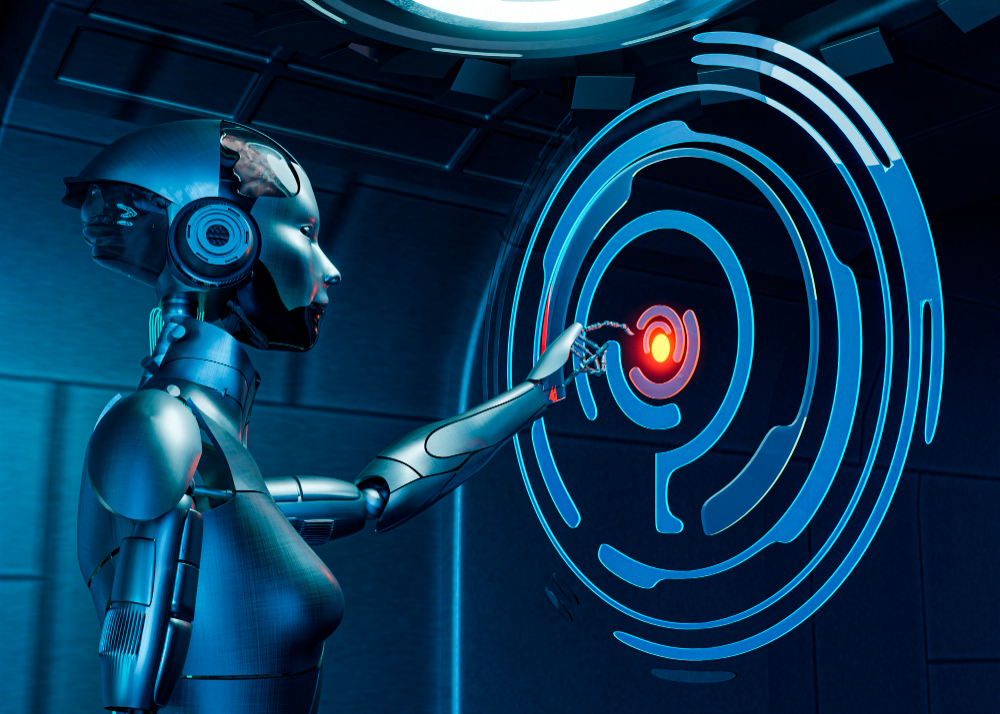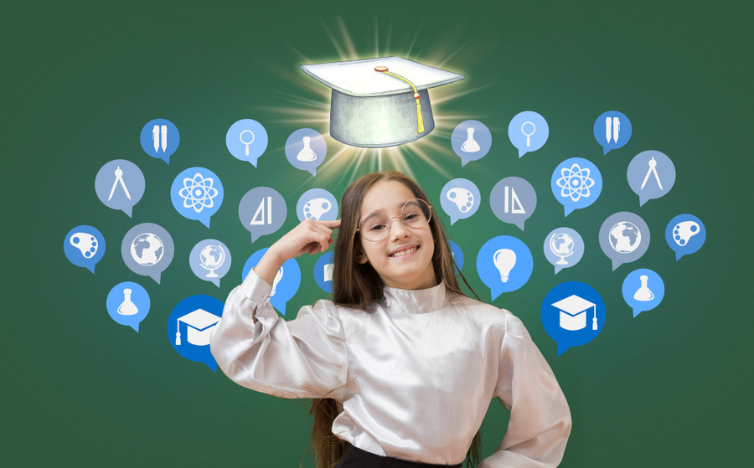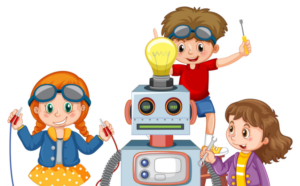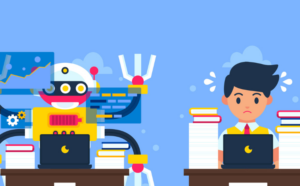In the fast-changing world of education, we can’t ignore how much artificial intelligence (AI) is changing the way we learn and teach. AI tools, like personalized learning and automatic tests, are making education different. They give us new chances but also bring some tough problems.
AI technologies are being used in education right now, not just in the future. They’re changing how we learn by making it more interactive, flexible, and based on data. These tools have the power to change how each student learns, so it’s important to know about them. Let’s look at some of the most advanced and best AI tools for enhancing learning in education and think about what they mean for the future.
Table of Contents
Personalized Learning Paths: The Role of AI Tutors
In regular classrooms, teaching the same way to everyone doesn’t always work for every student. That’s where AI tutors come in. These are programs that use smart algorithms to change how they teach based on how each student learns and how fast they learn.

Adaptive Learning Platforms
Adaptive learning platforms like DreamBox and Duolingo are changing how students learn. They use AI to give lessons that fit each student, changing how hard they are and giving feedback based on how well the student does. This makes sure students stay interested and aren’t bored by things that are too easy or frustrated by things that are too hard.
Intelligent Tutoring Systems (ITS)
With the ability to identify gaps in understanding and provide immediate support, Intelligent Tutoring Systems like Carnegie Learning and Thinkster Math offers a virtual teacher that can drill down into specific areas where a student requires help. ITS programs apply AI to gather data on student performance and behavior, modifying instructions to address the weaknesses. The result is a more efficient and effective mode of one-on-one learning that is cost-effective and scalable.
Tech for Teachers: AI as a Collaboration Partner
AI has not just changed how students learn but also supports teachers in their quest to provide the best education possible.
Automating Administrative Tasks
AI technologies like Satchel One and PowerSchool are making teachers’ jobs easier by doing things like grading, scheduling, and organizing school work automatically. This saves teachers time so they can focus on planning lessons and helping students more.
Classroom Management Tools
AI-supported classroom management tools like Classcraft and Hapara can help teachers keep track of multiple students’ progress, behavior, and engagement. These platforms use special formulas to notice when students are having trouble or not paying attention. When they see this, they tell the teacher so they can help the students right away.
Top 5 Best AI Tools for Enhancing Learning in Education
Here are five great AI tools that make learning better:
SMART Learning Suite:
This tool helps teachers make lessons more fun and interactive. It also gives them feedback to see how students are doing.
IBM Watson Education:
This tool helps students learn better by understanding how they learn and giving them personalized suggestions.
Cognii:
Cognii helps students improve at writing by checking their work and giving tips on improving.
Duolingo:
If you’re learning a new language, Duolingo is perfect. It changes lessons based on how you’re doing, making learning a language fun.
Socrative:
Teachers can use Socrative to make quick tests and quizzes. It gives feedback right away, so teachers and students can see how they’re doing.
The Ethics of AI in Education
The introduction of AI in education has raised important ethical questions. It’s essential to consider issues like data privacy, algorithmic bias, and the widening digital divide.

Data Privacy and Security
The use of AI in education relies heavily on the collection and analysis of vast amounts of student data. Making sure that student information stays private and safe is really important because it’s sensitive and about kids. Schools and AI makers need to follow rules and do the right thing to keep this information safe.
Addressing Algorithmic Bias
AI tools work well when they have good information to learn from. But if the information has unfairness in it, the AI will be unfair too. This is a big worry, especially in education, because it could make things harder for some students. To fix this, people who make AI and teachers need to team up to make sure AI tools for education treat everyone fairly.
The Digital Divide
Not all students have equal access to the technology that AI tools require. The digital divide is a challenge that schools and policymakers must tackle to ensure that AI-enhanced education is available to all. Initiatives to provide technology to underserved communities and work to bridge the gap in Internet connectivity are crucial steps to promoting equitable access to AI in education.
How Schools are Using AI Tools
Schools all over the world are discovering the benefits of using AI tools to make learning better for students. For instance, in a California high school, teachers are using an AI-powered virtual tutor that talks to students and helps them with their work. This tutor can change how it teaches based on what each student needs help with, so everyone gets the support they need.
In London, a primary school is using an AI chatbot called “Professor Robo” to help students learn math. Students can ask questions or work on problems together with Professor Robo, making learning more fun and helping them feel more confident. And in a university in Singapore, professors are using AI to look at data about how students are doing in class. This helps them see who might need extra help early on, so they can step in and support those students. These are just a few examples of how schools are using AI to make learning better for everyone.
The Future of AI and Education

While AI in education is still in its early stages, the potential it holds is exciting. The future of AI in education might see virtual reality (VR) and augmented reality (AR) playing a more prominent role in creating immersive learning experiences. Machine learning could help teachers predict how students might do in the future, so they can help them do better before any problems come up.
In the future, we might see AI being used more in all parts of education. This means having tools that don’t just teach, but also help students feel like they’re part of a group, even if they’re learning online. But whether AI helps or not depends on how we use it. If we use it carefully and keep checking how well it’s working, it could really help lots of students learn better.
conclusion
In summary, using artificial intelligence in education has a lot of potential to make learning better for each student. With the help of smart algorithms and analyzing data, teachers can give students more personalized support and learn new ways to teach. AI is changing education, but it’s not about replacing teachers—it’s about helping them teach better. So, by using this new technology wisely, we can help students become better thinkers and succeed in a world that’s always changing.
FAQS
What are AI tools in education?
The best AI tools for enhancing learning in education are computer programs that use smart technology to help students and teachers learn and teach better.
How do AI tools help students learn?
AI tools help students learn by giving them lessons that fit them, feedback right away, and fun activities that make learning easier.
How do AI tools help teachers?
AI tools help teachers by doing tasks like grading and giving them information about how students are doing. They also help make lessons more interesting and fun.
What should teachers think about when using AI tools?
Teachers should think about things like keeping student information safe, making sure everyone can use the tools, and making sure they know how to use them.
How do students benefit from AI tools?
Students benefit from AI tools by getting lessons that fit them, feedback right away, and chances to learn at their own pace.
What’s next for AI in education?
In the future, we’ll likely see more AI tools that make learning even better, with more personalized lessons and ways to work together with other students.




